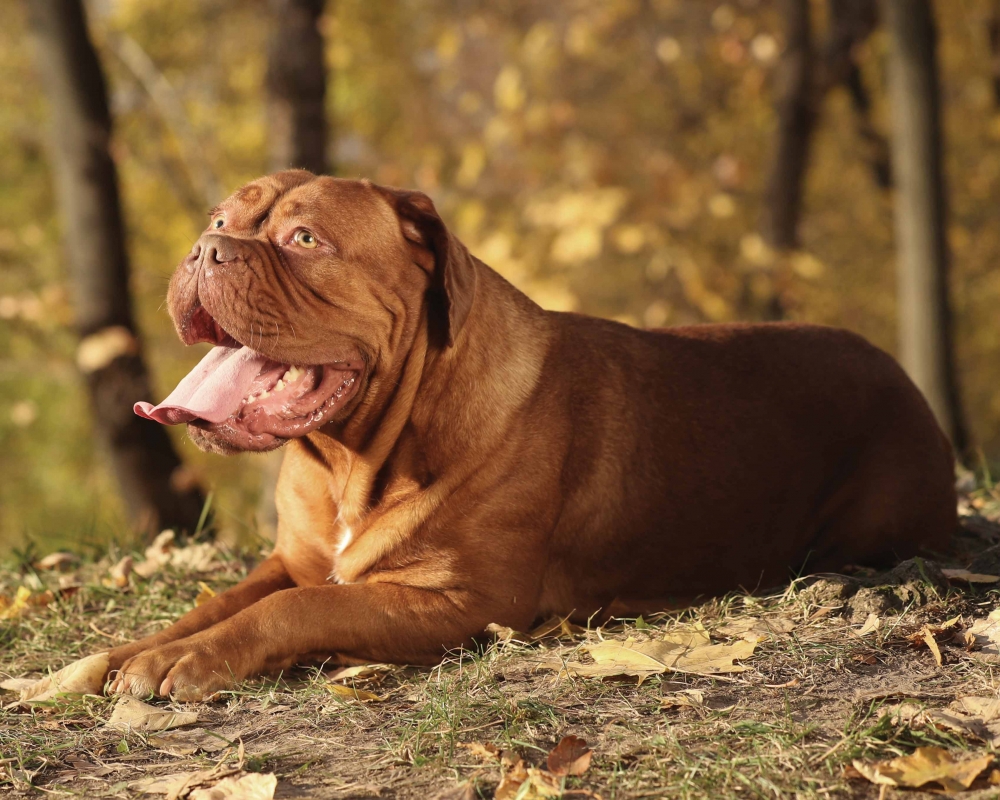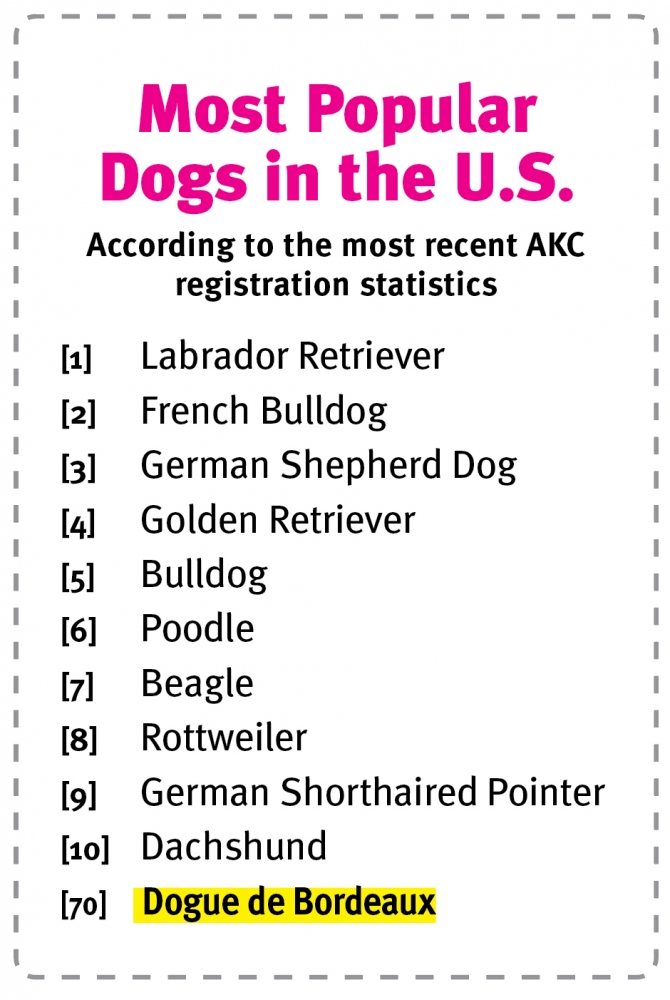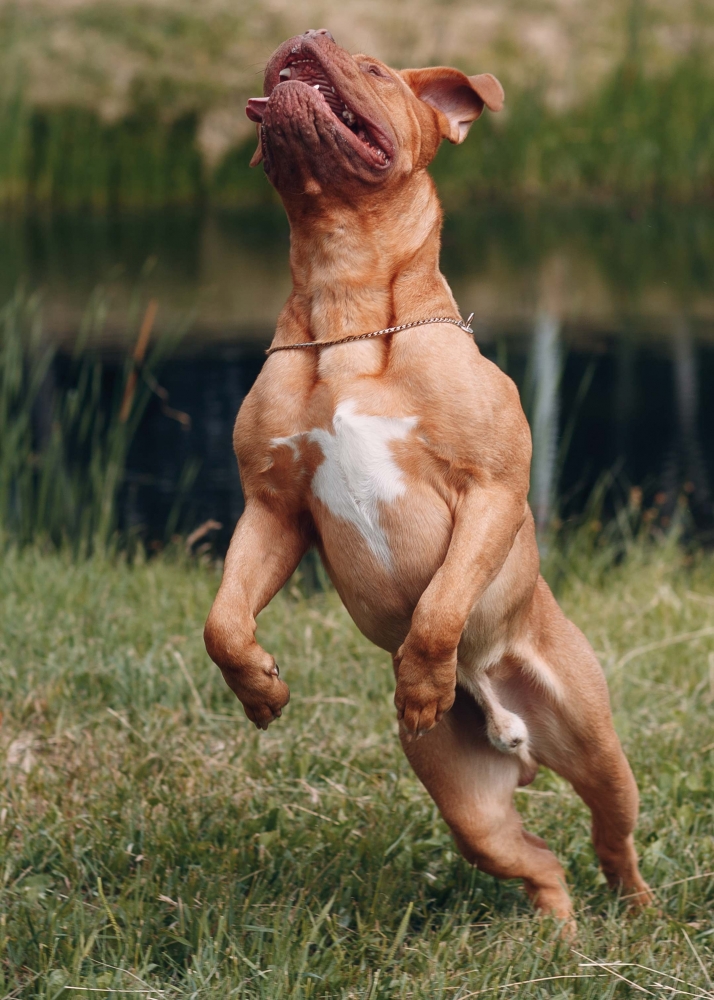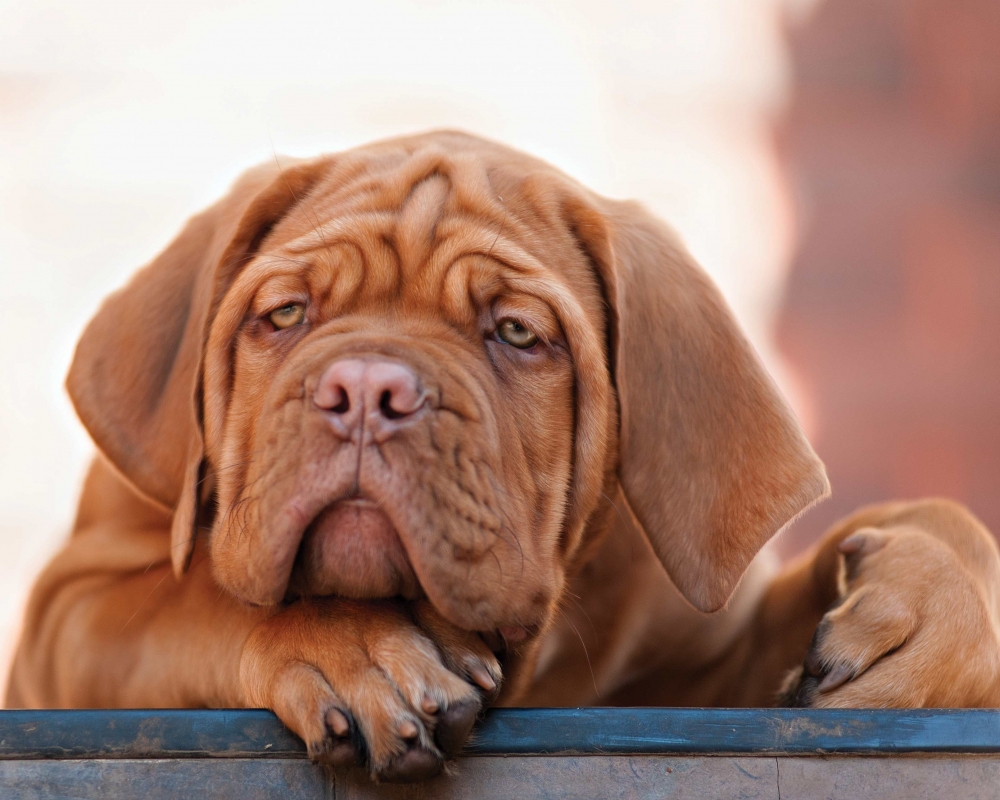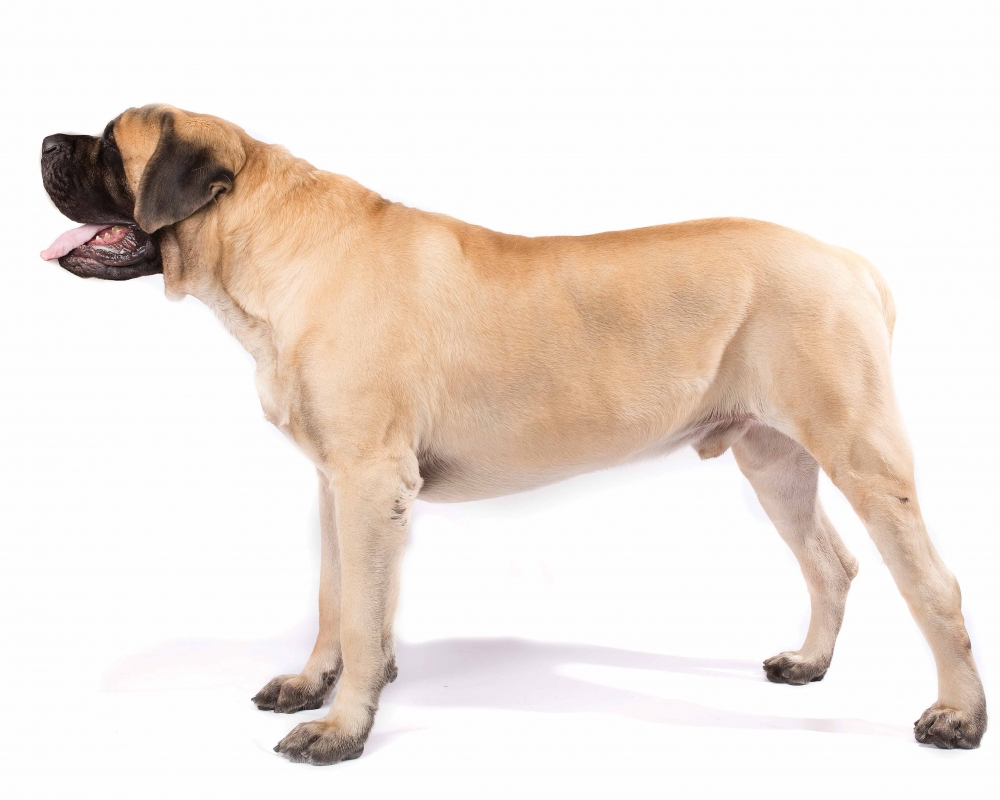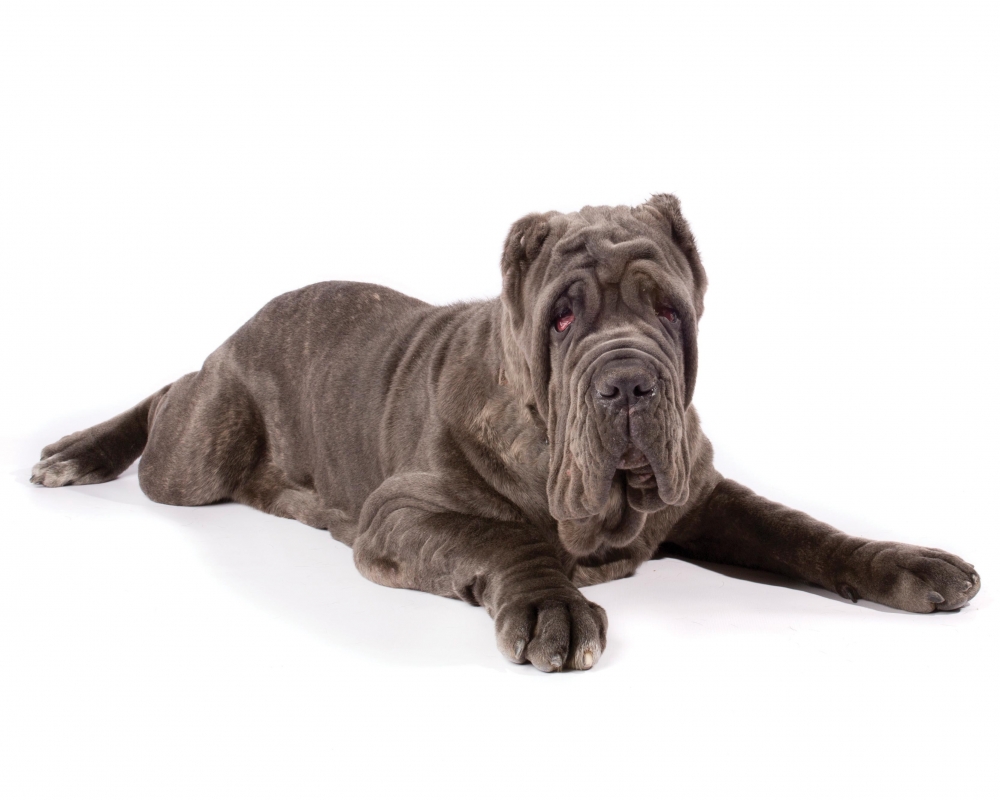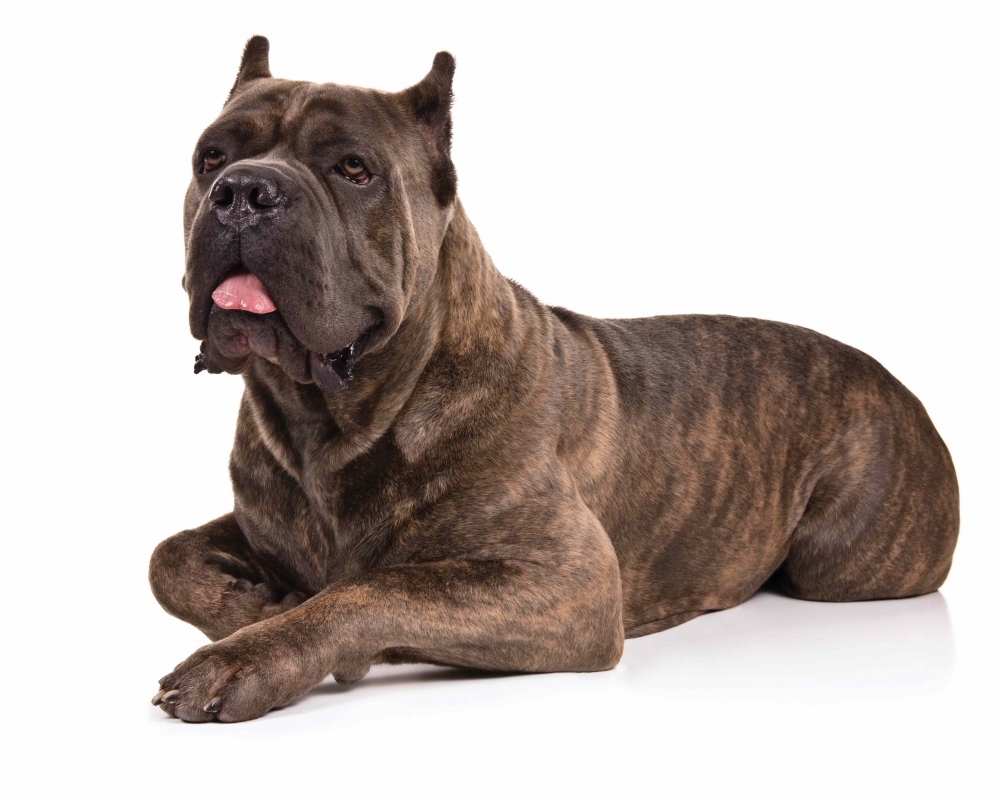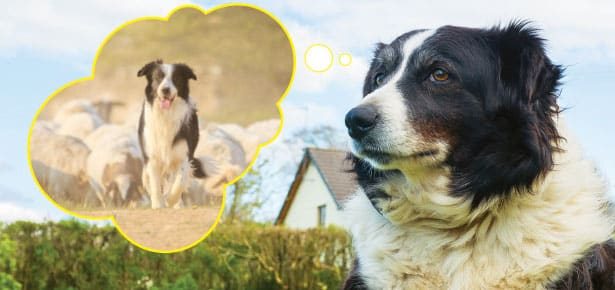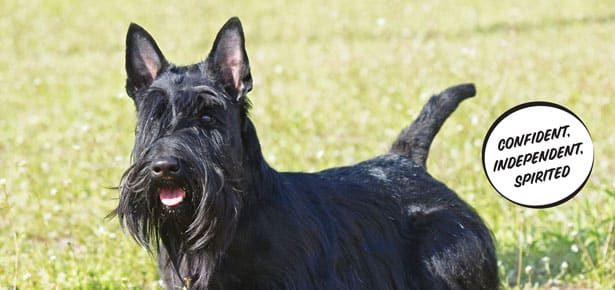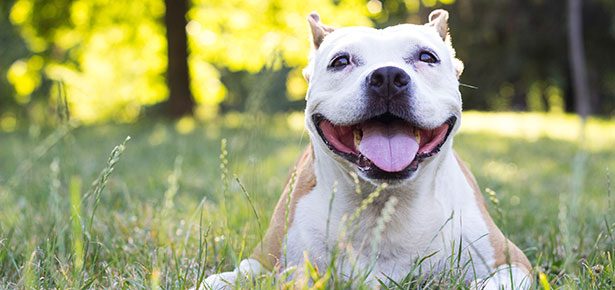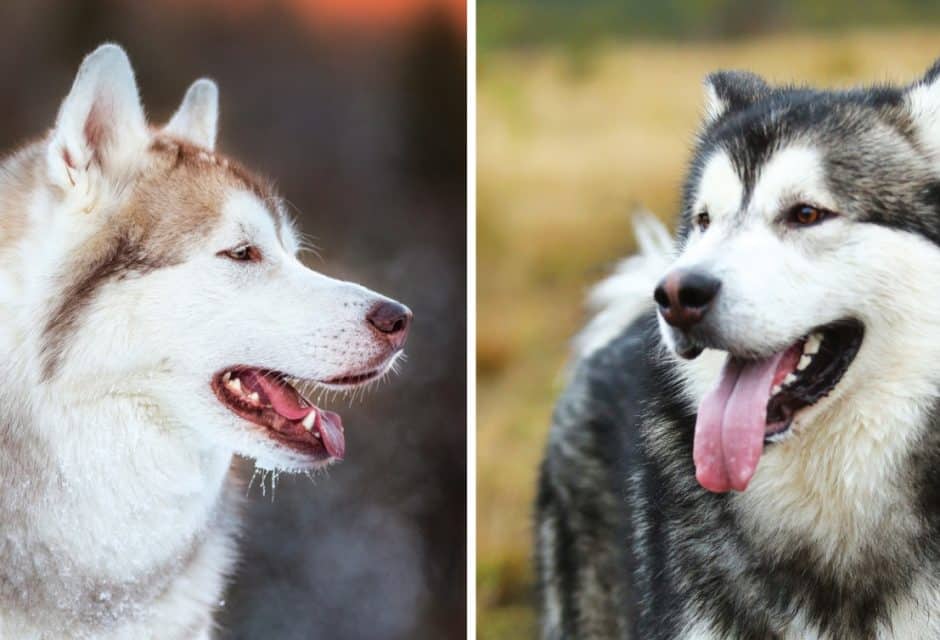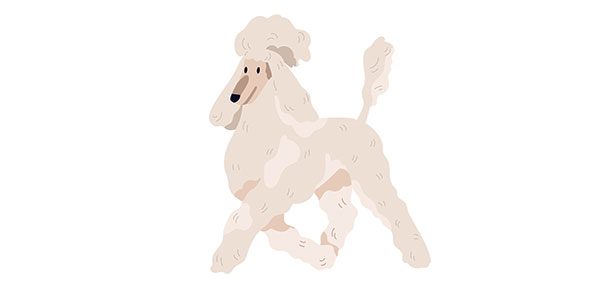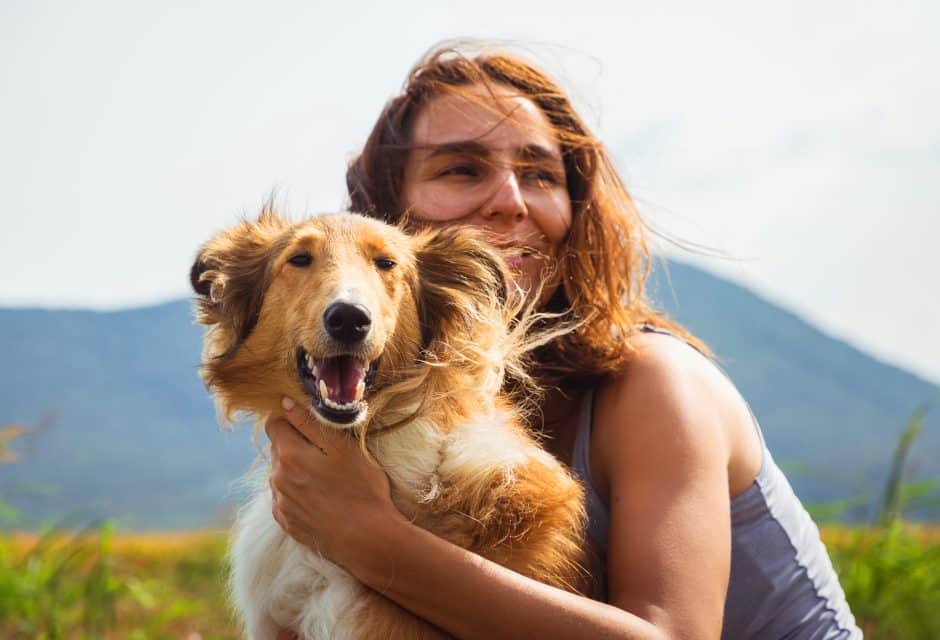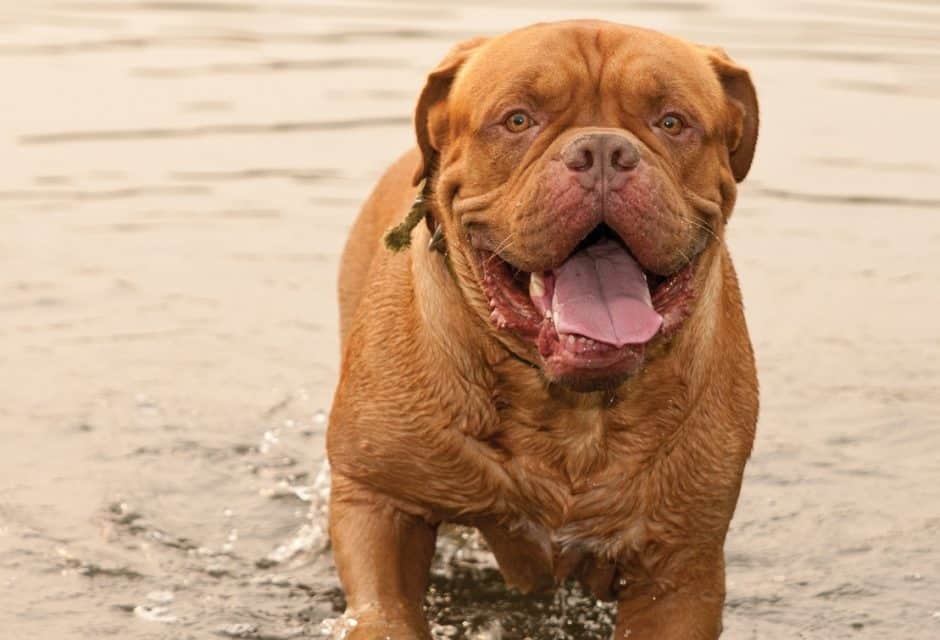
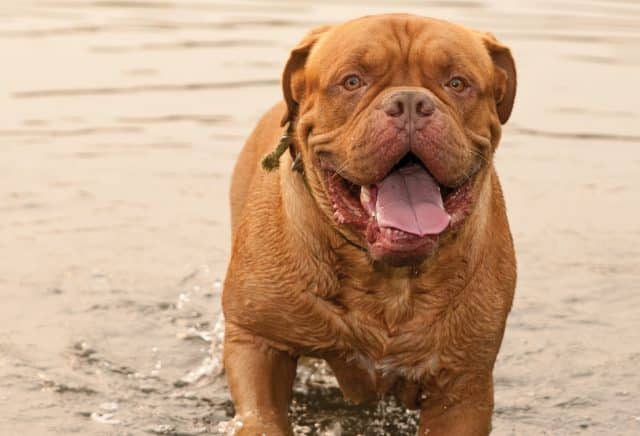
The Dogue de Bordeaux
Loyal, affectionate, courageous—meet one of France’s finest exports
Size alone makes the Dogue de Bordeaux a he
Ancient history
The Dogue de Bordeaux is an ancient breed and one of many mastiff-type dogs that descended from the ancient Molossus dogs native to the harsh, mountainous terrain of ancient Greece. These large dogs were used for guarding and herding. While there are a considerable number of breeds that ultimately descended from them, consistent traits include immense size, a stocky frame, large and powerful jaws, physical strength, and courage. Without question, the Bordeaux embodies all of these traits—and then some.
Photo Lilun/bigstock.com
"While he clearly possesses great power, the Bordeaux is not an aggressive dog. In fact, he’s quite calm by nature."
The Molossus dogs made their way throughout Europe centuries ago, and the Dogue de Bordeaux—named for the region in France where he was developed—can be traced back to the 14th century, making him France’s oldest breed.
Trials and tribulations
As a working breed, the Bordeaux was sought after and thrived for centuries. With his imposing size and unique appearance, the breed became a favourite among the aristocracy. The French Revolution, however, led to a swift and violent end for many of the wealthiest members of society. Sadly, many Dogues de Bordeaux were also victims by association. Others, mercifully, were taken and put to work on farms or homes, and thus the breed survived—though this wouldn’t be the breed’s only trial.
In the 1860s, the Dogue saw its way into the French conformation circuit. A breed standard was created in 1896, and the future of the breed looked promising. Like so many breeds, however, he suffered greatly during and after both World Wars. Precious few of these majestic dogs remained, but a concerted effort took place in the 1960s to revive the breed. French schoolteacher Ramond Triquet almost single-handedly restored the breed, working diligently to find suitable breeding stock—quite a feat with so few dogs left.
The Tom Hanks effect
The Dogue de Bordeaux found its way to the United States in 1959, where it remained a relative unknown until 1989. That year, the hit movie Turner and Hooch was released, featuring Tom Hanks and a Bordeaux in the role of ‘Hooch.’ Quickly, this scene-stealing dog became an overnight sensation.
Ultimately, efforts in both France and North America to revive the breed were successful, and the American Kennel Club (AKC) recognized the Dogue de Bordeaux in 2008.
It’s all about proportions—and size
The AKC breed standard for the Dogue de Bordeaux pays considerable attention to proportions. This is a large dog with a short, broad skull and a massive head—proportionately, the largest head in the canine world. His body is slightly longer than his tail. His build is stocky and athletic, and he exudes a calm confidence. Males are accepted at a height of 23 1/2- 27 inches at the withers; 23 – 26 inches for females. As for weight, the minimum accepted is 110 pounds for males and 99 pounds for females.
Photo Primipil/bigstock.com
The Bordeaux’s coat is fine, short, and very soft. The AKC accepts coats in all shades of fawn, but a rich coat colour is desired. He may have markings, including a black or brown mask and some white patches.
What is it like to live with one of these gentle giants?
Well, as even the most dedicated Bordeaux fancier will tell you: this breed is not suitable for every home. The breed’s immense size alone is a significant consideration. Having enough space—inside and out—is important. And the cost to feed and care for this breed should be carefully researched. Indeed, there is a lot of dog here—both literally but also in terms of temperament. In short, the Bordeaux’s personality is as big as he is!
Dogue de Bordeaux puppy. Photo Brusnikaphoto/bigstock.com
Personality plus
The Dogue de Bordeaux is best suited for an experienced guardian who has the time, resources, and desire to invest a lot in training, socialization, and care.
While he’s certainly as tough as nails, an outdoor dog, he is not. This is a very devoted breed that craves human companionship. He cannot thrive in a situation where he is separate from his family. If you’re not prepared to share every aspect of your home and life with a dog, move on.
"Proportionately, the Dogue de Bordeaux has the largest head in the canine world."
While he clearly possesses great power, the Bordeaux is not an aggressive dog. In fact, he’s quite calm by nature. His intense loyalty, however, means that he tends to be quite alert in the home, and—when pressed—his protective 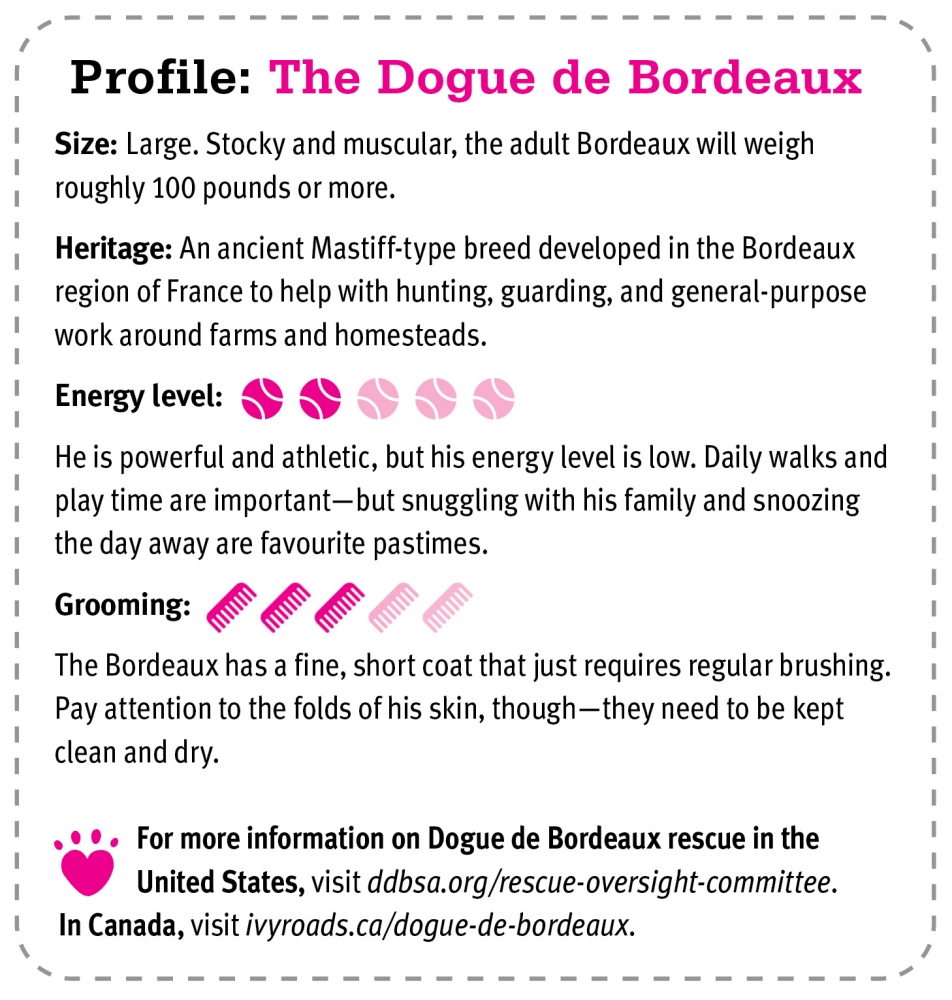
Kids and other pets
The Bordeaux has earned a reputation for being extremely patient and good-natured around children. Due to his size, he’s not a breed that should be walked by small children. Like many of the large breeds, the Bordeaux often seems completely unaware of his massive size, so his time with small children should be supervised.
How is he with other pets? In short: early socialization is key. He has a reputation for being a little hot with other dogs—particularly those of the same sex. And that hunting instinct can mean interactions with other dogs and cats aren’t always positive. Many consider him best suited for one-dog homes.
Training and exercise
Intensely loyal, a tendency to be a bit of a comedian, and notoriously stubborn—this isn’t the easiest breed to train, but for those with the time and the commitment, the rewards are just like the dog… huge.
Mastering basic obedience and establishing good manners is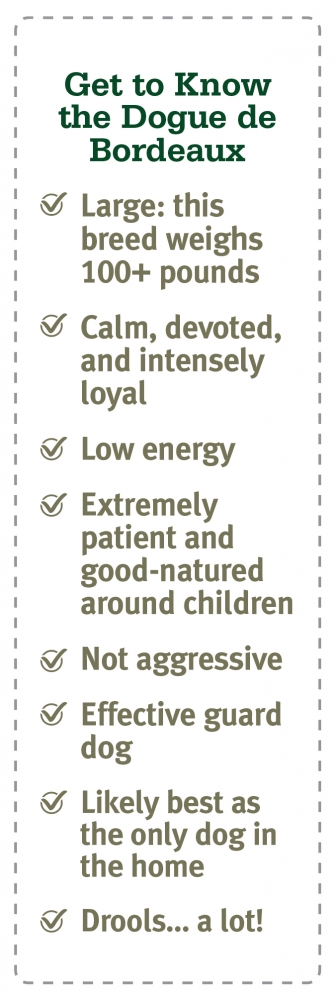
Care
While we’re talking about that glorious head, there’s another consideration when it comes to living with a Bordeaux: drool. Neat freaks be warned! You’ll almost certainly need a series of drool cloths placed strategically throughout your home. The Dogue de Bordeaux drools a lot, and keeping his beautiful, wrinkled face clean and dry is important.
As with all purebreds, the Dogue de Bordeaux is prone to some genetic diseases. It’s so important to work with a dedicated and reputable breeder who can provide health clearances.
Though majestic in appearance, this breed often acts like a court jester. The Dogue de Bordeaux looks intimidating but really is a big ol’ softy. Yes, they’re agile and athletic but really live their best life as couch potatoes.
In many ways, the Bordeaux is a walking series of contradictions.
One thing is for sure: the Dogue de Bordeaux will always turn heads. Powerful and intimidating to behold, yet loving and comical to live with—for those who open their hearts and homes to this special breed, the rewards are many.
If you like the Dogue de Bordeaux, you might also consider the…
Mastiff Neapolitan Mastiff Cane Corso
Photos Mastiff and Neapolitan Mastiff Angie Kerins ©American Kennel Club; Cane Corso Thomas Pitera ©American Kenel Club.
» Read Your Breed For more breed profiles, go to moderndogmagazine.com/breeds
This article originally appeared in the award-winning Modern Dog magazine. Subscribe today!
Join the newsletter and never miss out on dog content again!
"*" indicates required fields
By clicking the arrow, you agree to our web Terms of Use and Privacy & Cookie Policy. Easy unsubscribe links are provided in every email.
